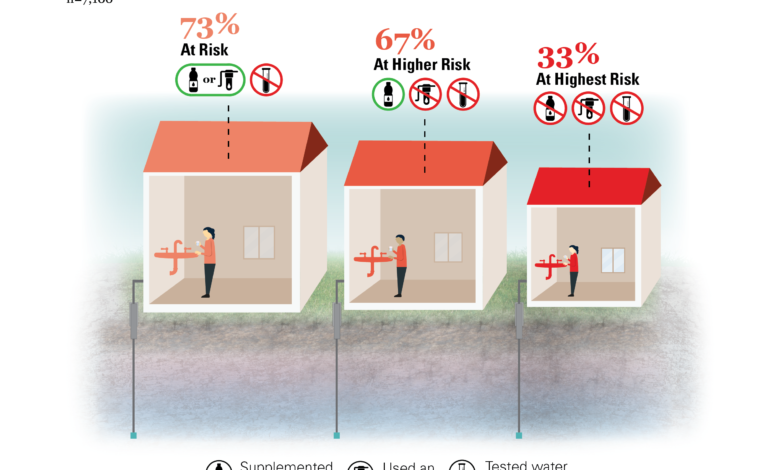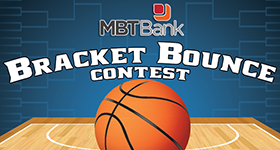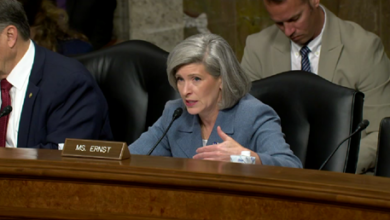Rural Drinking Water Survey Shows Significant Nitrate Risk for Many Iowans
Survey shows private well water users are at risk of exposure to unhealthy levels of nitrate or bacteria

The results of a new drinking water survey reveal a stark risk of exposure to potentially unhealthy drinking water. Risk profiles were compiled based on recent testing, use of reverse osmosis filters, and use of supplemental water sources.
The Iowa Drinking Water Survey was conducted by the Conservation Learning Group, a think tank based at Iowa State University Extension and Outreach, and the Center for Agricultural and Rural Development at Iowa State University, which conducts innovative public policy and economic research. The results of the survey can be found in this online report and infographic.
The survey was designed to gather information and provide a stronger understanding of well water testing frequency, what avoidance behaviors users may employ to mitigate risk, filtering efforts and water quality perceptions.
“Around 7.6% of Iowa households — 230,000 to 290,000 Iowans — rely on private well water as their water source,” said Jamie Benning, assistant director for Agriculture and Natural Resources Extension at Iowa State. “The Iowa Department of Natural Resources and the Environmental Protection Agency recommend yearly testing of private wells, but it is the owner’s responsibility to test. There are no requirements or regulations related to well water testing by homeowners. This study helps to start filling the information gap so we can better understand behaviors related to well water that will inform outreach to help protect the health and wellbeing of rural Iowans.”
Some 73% of surveyed households are at risk of exposure to potentially unsafe water due to lack of recent testing, avoidance and/or mitigation. This equates to a number of Iowans at risk that falls somewhere between the population of Cedar Rapids and Des Moines. And 33% are categorized at the highest risk level because of no testing and no avoidance.
Other key findings included in the report
- Only 10% of households tested their water quality in the last year.
- Around 50% of households supplement their drinking water with bottled water or water coolers.
- While 70% of households report using water filters, just 10% report having a reverse osmosis filter that can remove nitrate.
“Nitrate infiltration into water sources is simply a part of Iowa’s agricultural ecosystem, and while many efforts are being made to control loss of agricultural nitrate to waterways, there is a risk of elevated nitrate in private wells,” continued Benning. “The report clearly identifies needs for more regular testing and awareness of the potential risks. Testing can bring peace of mind that well water is safe to drink or inform next steps if an unsafe level of a contaminant is found. In the report, we make recommendations for education and outreach supports which can help carry the message to well users, but there is still more to learn, and more effort required to identify at-risk households, inform them, and incentivize testing and mitigation actions.”
The Center for Agricultural and Rural Development, the Leopold Center for Sustainable Agriculture and the U.S. Department of Agriculture National Institute of Food and Agriculture Project No. IOW05570 provided funding that supported this project.
About Conservation Learning Group
Conservation Learning Group is a collaborative team established to advance training, outreach, and research across land uses and production systems to increase overall sustainability of agricultural and natural systems for multiple generations to come. CLG draws on experts in various disciplines to deliver engaging science-based outreach to farmers, agricultural advisers, landowners, decision makers, youth and communities. To learn more about Conservation Learning Group visit www.ConservationLearningGroup.




